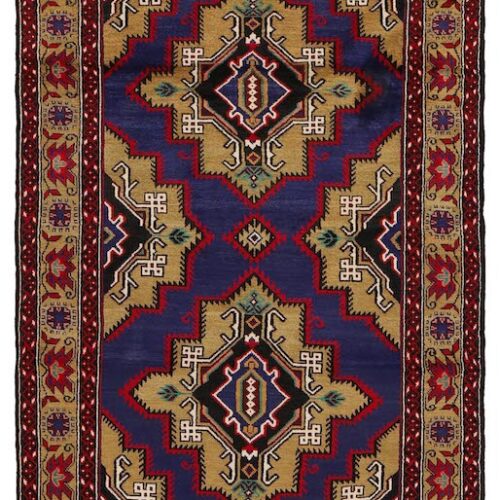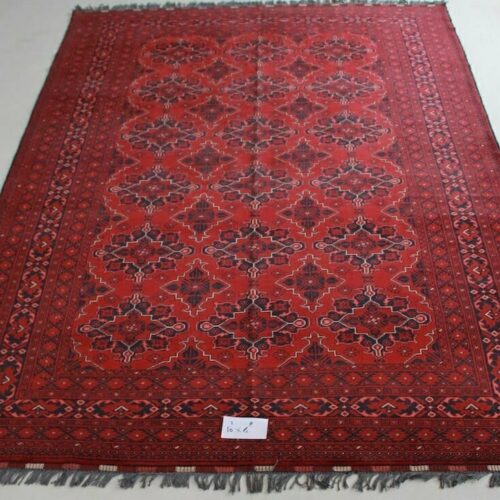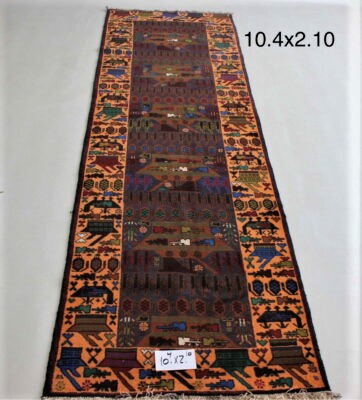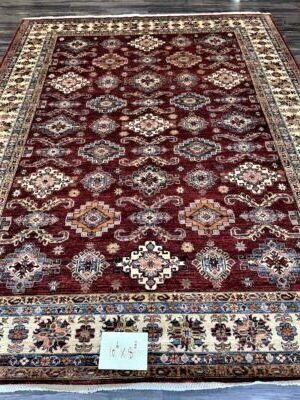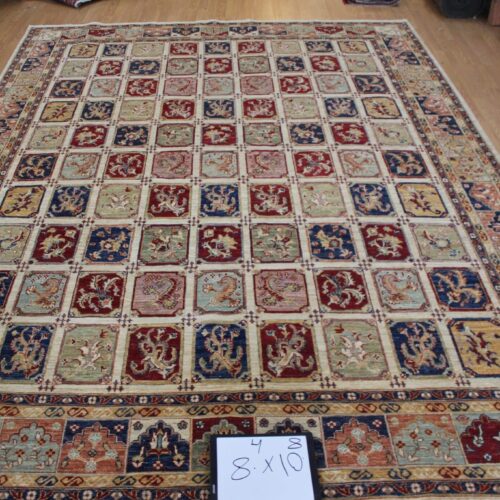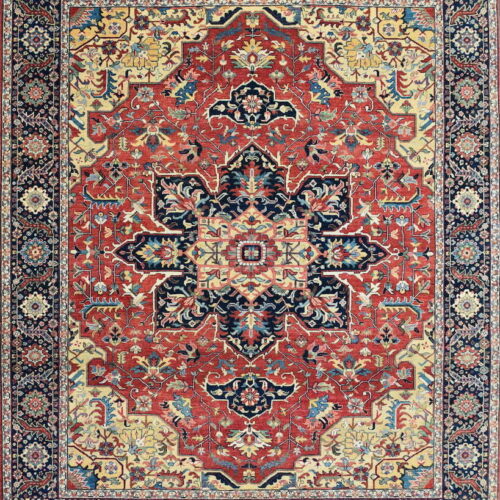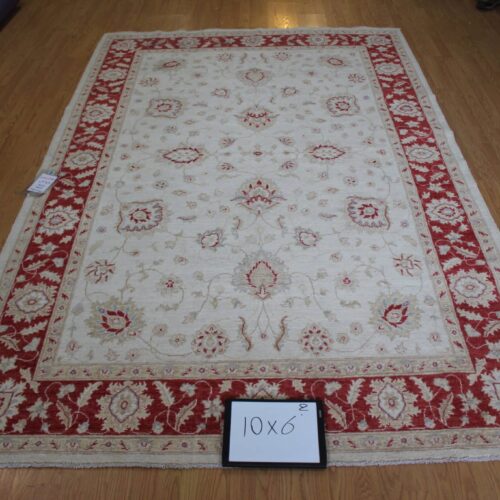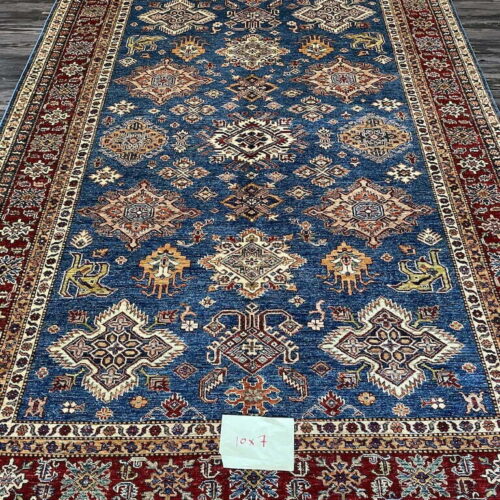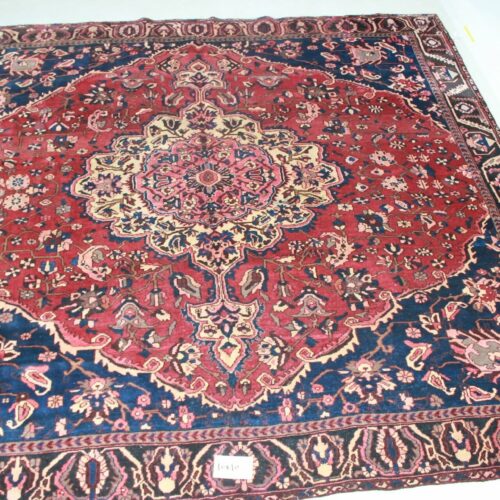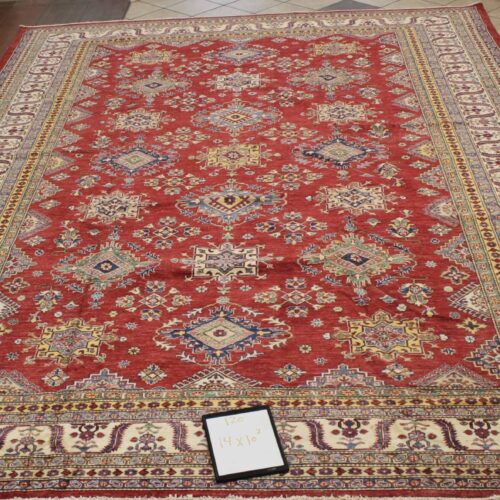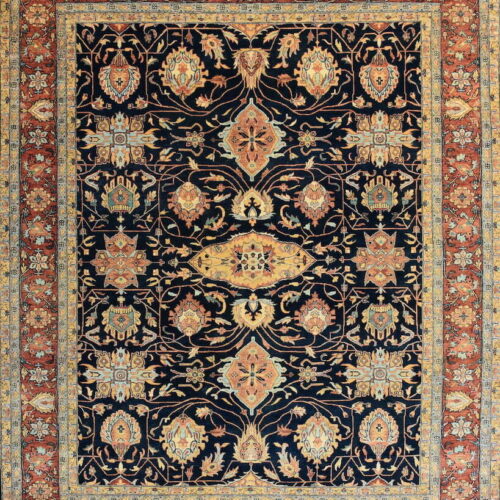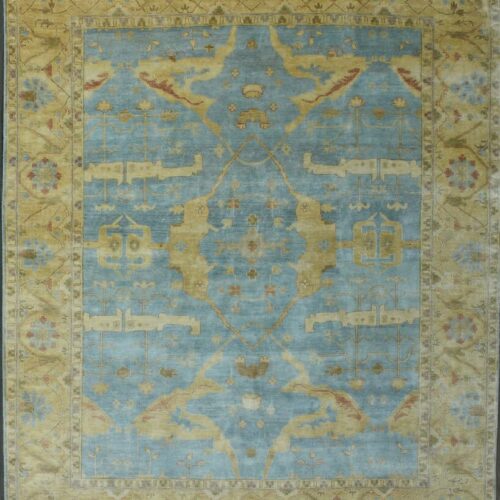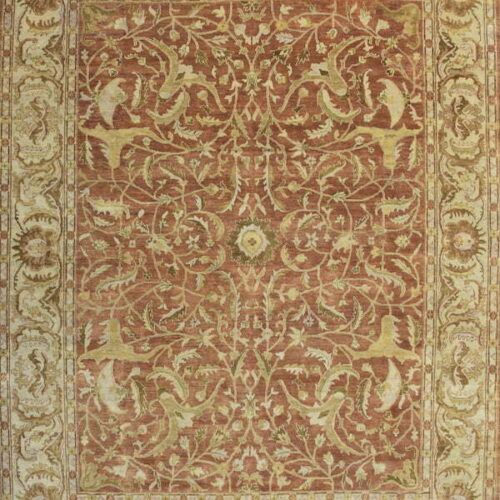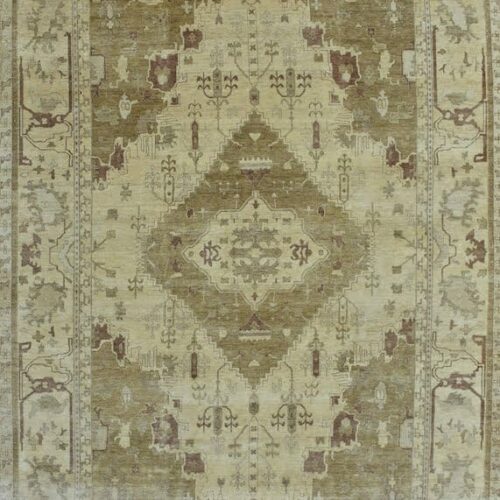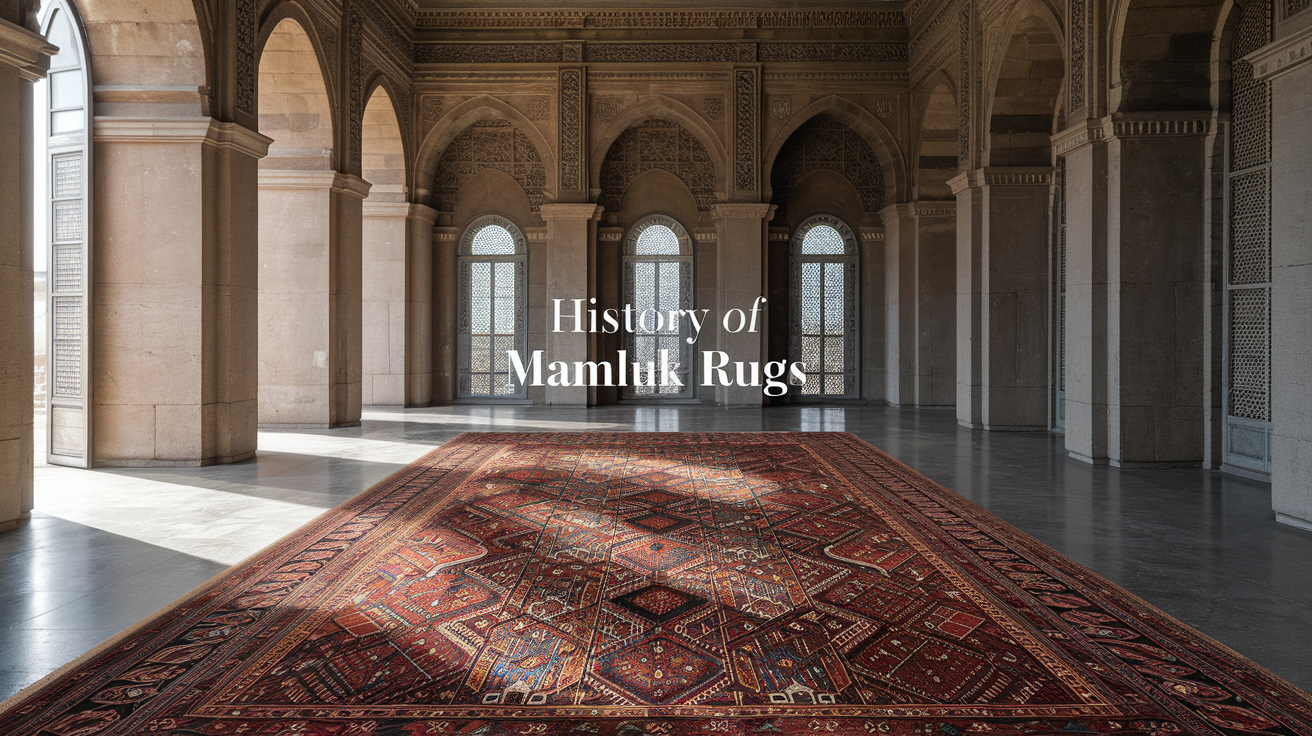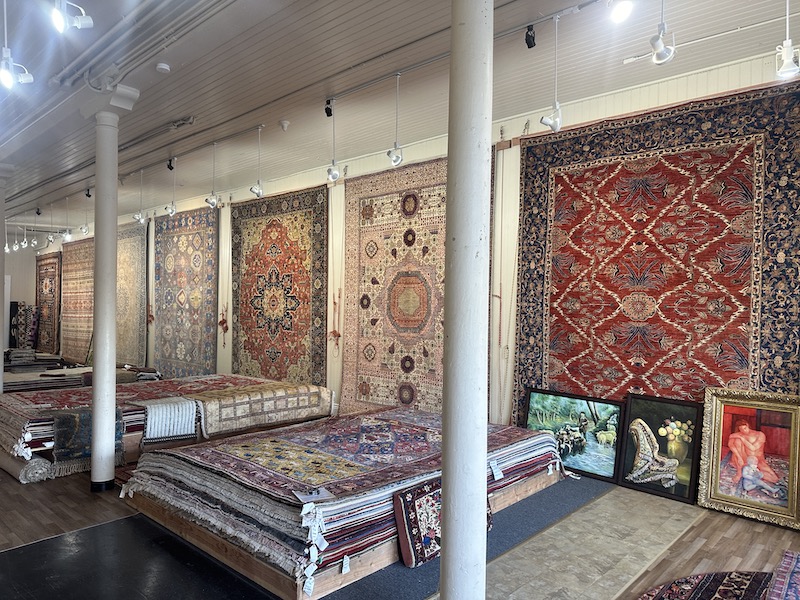Hello! We are Avada Digital Agency.
About the studio
About the studio
Condimentum placerat at elementum pretium. Neque vivamus tempor bibendum id. Sit volutpat hac dui id erat accumsan dignissim.
Web & Mobile
Pulvinar id ac in tincidunt. Interdum imperdiet sed et diam commodo.
UX design
Eget eget phasellus ac semper a ut diam, eu pellentesque nulla diam.
Video production
Ut iaculis nisl, dignissim congue. Orci nibh sit id elementum augue diam.
Digital marketing
Pharetra, tempus cras sed ornare eget molestie. Rhoncus arcu facilisi dictum eu.
Prototyping
Aliquam tincidunt vestibulum justo feugiat. Eu amet pretium vel tempor arcu viverra.
E-Commerce
Quis dolor commodo amet arcu ut. Eleifend arcu quis porta porttitor convallis.

